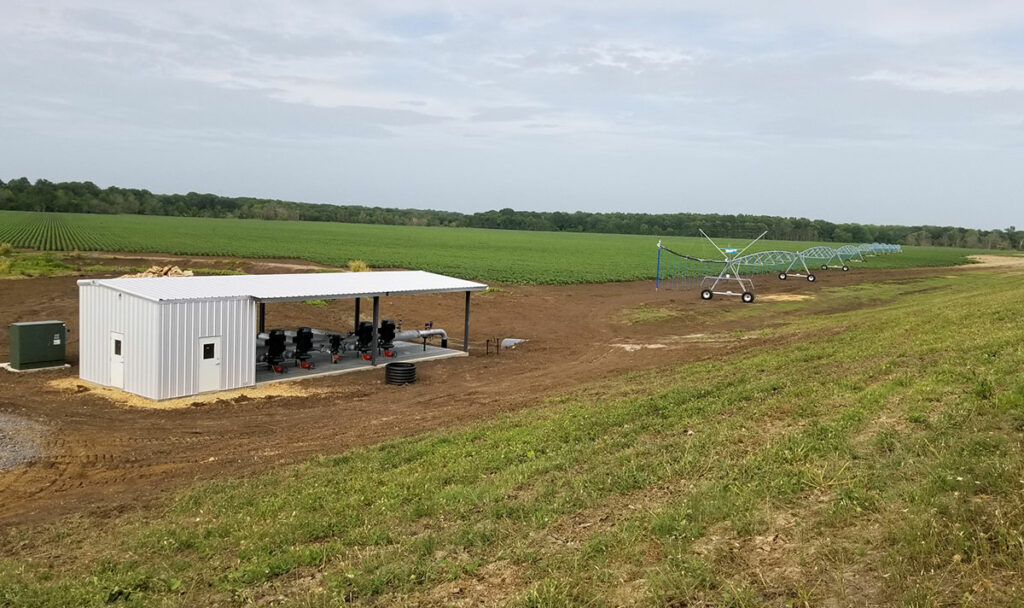Complex engineering systems, center pivot systems, relied on both new and old technologies. They heavily relied on technologies that were developed for other purposes for key components.
These pivot systems introduction in the market is even now very beneficial for the agriculture industry. If you are looking to buy pivot parts or systems for your farm you can visit https://www.triplejgrain.com/product/valley-center-pivots.

Turbine or oil pumps were used by irrigators to bring underground water to the surface in the 1940s. These pumps, which were combined with electric motors and internal combustion engines more powerful than ever before, could pump water under pressure to new pivot systems.
Pivots lifted the same pipes from the ground and moved them around automatically.
Gradually, plant nurseries modified sprinklers for their purposes, and farmers began to combine sprinklers and high-pressure pumps with pipes. Sprinklers were used to irrigate less than 250,000 acres in 1946. In 1959, sprinklers had irrigated 3.4 million acres.
Frank Zybach installed new sprinklers, pumps, and pipes and lifted the system from the ground.
He built a series of towers to support the system and devised a way to turn the whole apparatus around a pivot point. Zybach, Daugherty, and all other engineers and inventors who followed their lead had to develop and refine solutions for a variety of problems.
Each of these technical innovations was based on the most current engineering and scientific knowledge at the time and was a significant step towards making systems reliable.
